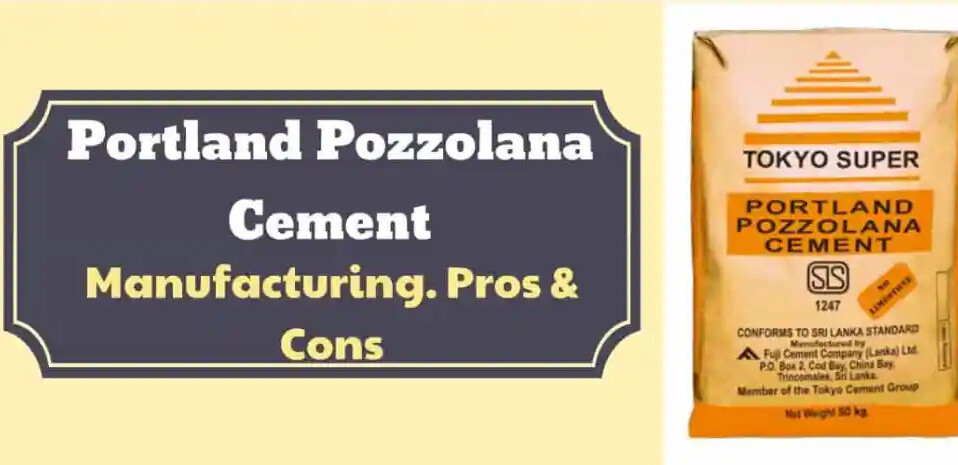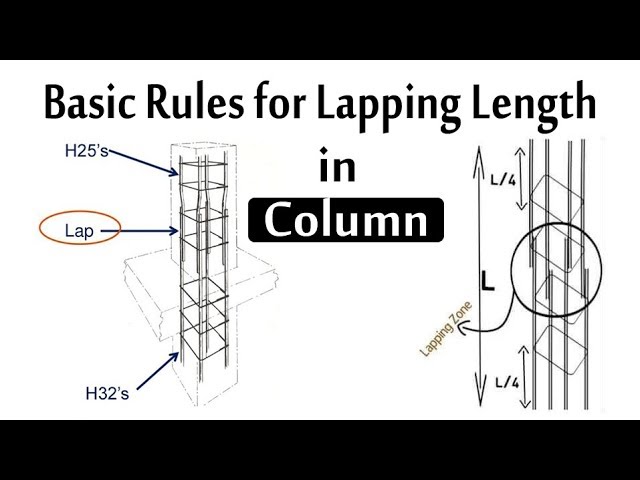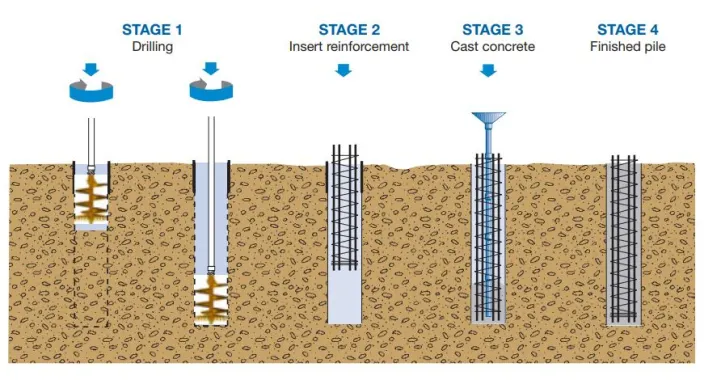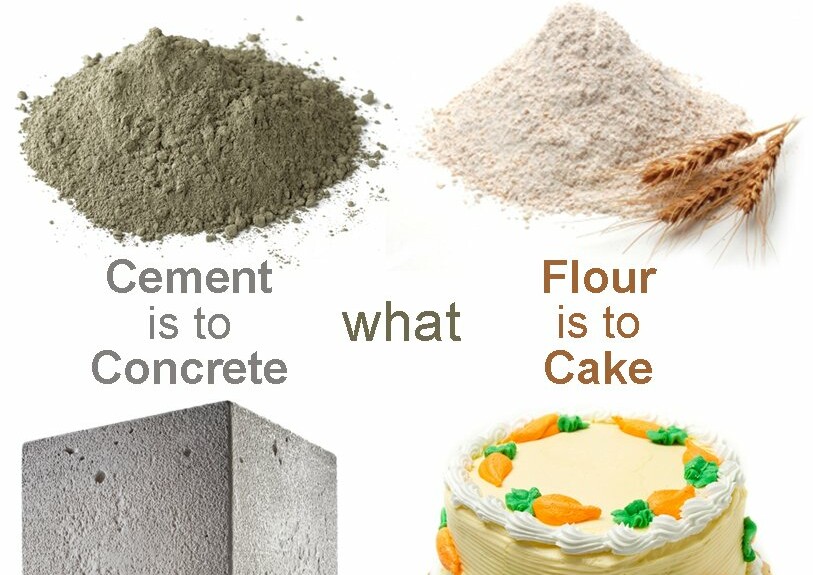Welcome to the fascinating world of Portland Pozzolana Cement (PPC), a remarkable material that has revolutionized the construction industry. In this article, we will delve into PPC’s full form, exploring its composition, manufacturing process, advantages, applications, and future prospects. Let’s embark on this journey to discover the hidden gem of construction materials.
Definition and Origins
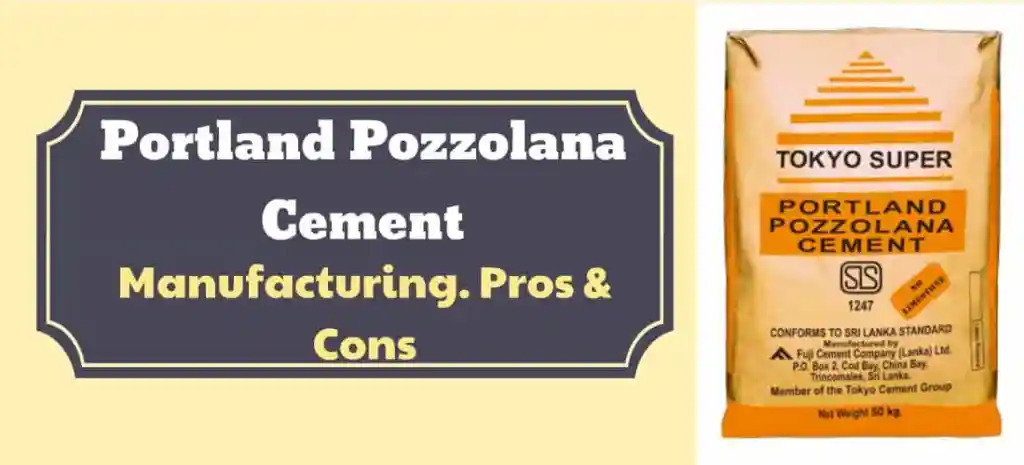
PPC, in simple terms, is a type of cement that combines Portland cement clinker with pozzolanic materials such as fly ash, volcanic ash, or calcined clay. This unique combination enhances the performance and sustainability of cement. The concept of PPC originated centuries ago when ancient civilizations discovered the remarkable properties of volcanic ash in creating durable structures.
Composition and Manufacturing Process of PPC
The key to PPC’s magic lies in its composition. It typically consists of around 10-25% pozzolanic materials, blended with 75-90% Portland cement clinker. During the manufacturing process, raw materials are meticulously prepared, clinker is produced through heating, and then grinding and blending of clinker with pozzolanic materials take place. Rigorous quality control measures ensure the consistency and reliability of PPC.
Advantages of PPC
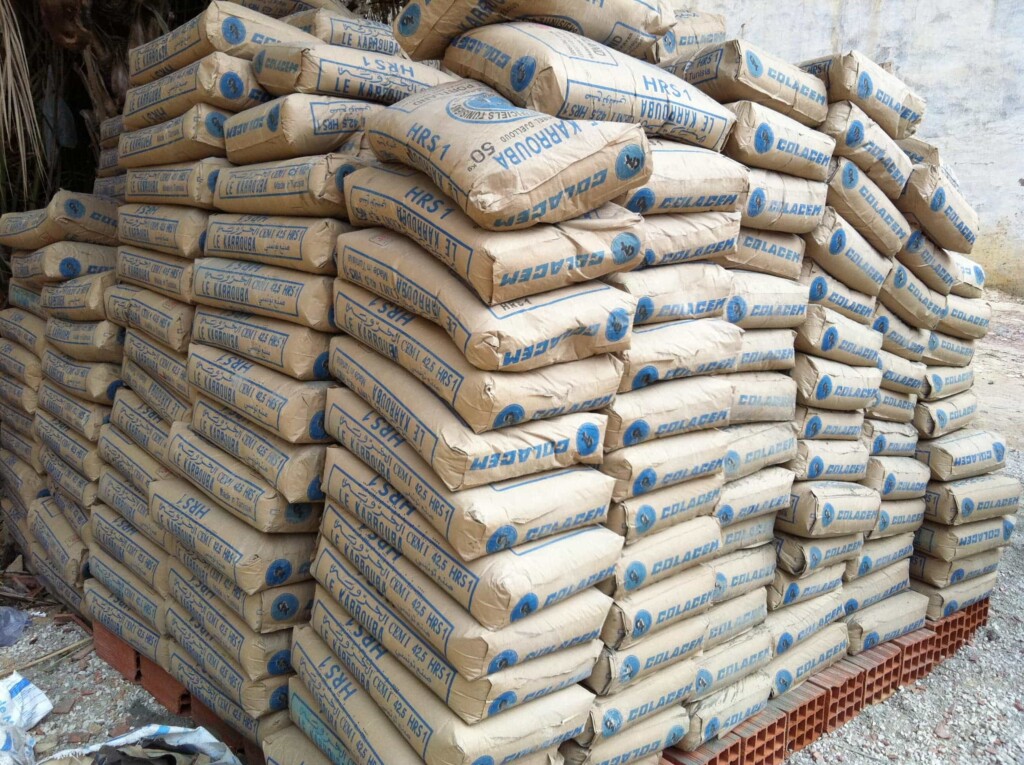
PPC offers a plethora of benefits that make it a preferred choice in the construction industry:
Improved durability and long-term strength: The pozzolanic materials in PPC react with calcium hydroxide, resulting in additional hydration and the formation of strong cementitious compounds, enhancing the durability and long-term strength of structures.
Reduced heat evolution and risk of thermal cracks: PPC exhibits lower heat evolution during hydration, making it ideal for mass concrete constructions. This characteristic significantly reduces the risk of thermal cracks, ensuring the integrity of the structure.
Enhanced workability and cohesive properties: PPC possesses excellent workability and cohesive properties, making it easier to handle, mix, and place. This attribute is particularly preferred in complex construction projects.
Lower carbon footprint and environmental benefits: By incorporating pozzolanic materials, PPC reduces the clinker content in cement production. As a result, it significantly lowers carbon dioxide emissions, making it an eco-friendly choice for sustainable construction practices.
Cost-effectiveness compared to other cement types: PPC offers cost advantages over other cement types, making it an economical choice for construction projects without compromising on quality and performance.
Applications of PPC
PPC finds extensive applications across various construction sectors:
Structural applications: From bridges, dams, and tunnels to high-rise buildings, PPC is a go-to choice due to its strength, durability, and resistance to chemical attacks.
Non-structural applications: PPC excels in plastering and masonry work, flooring and paving, as well as the production of precast concrete products. Its versatility makes it suitable for a wide range of construction needs.
Comparison of PPC with other Cement Types

While PPC stands out as a remarkable cement, it is worth comparing it with other cement types to understand its unique advantages and characteristics in relation to:
- Portland cement (OPC)
- Portland slag cement (PSC)
- Portland fly ash cement (PFAC)
By examining the strength, durability, and cost considerations, one can make an informed decision based on specific project requirements.
Challenges and Limitations of PPC
PPC, like any other construction material, has its fair share of challenges and limitations. It’s important to be aware of these factors to make informed decisions and address any potential drawbacks. Here are some key challenges and limitations associated with PPC:
Availability and Sourcing of Pozzolanic Materials: The consistent availability and reliable sourcing of high-quality pozzolanic materials can be a challenge. The geographical location and proximity to sources of pozzolanic materials can impact the cost and availability of PPC in certain regions. It is crucial to establish a steady supply chain to ensure uninterrupted production and distribution.
Quality Control and Standardization: Maintaining consistent quality standards in PPC production can be challenging due to variations in the properties of pozzolanic materials. Vigorous quality control measures and adherence to industry standards are necessary to ensure the reliability and performance of PPC.
Storage and Handling: Proper storage and handling of PPC are essential to preserve its quality and prevent any contamination. Pozzolanic materials, especially fly ash, can be susceptible to moisture absorption, which may affect the properties of PPC if not stored and handled correctly. Adequate storage facilities and handling practices must be in place to mitigate these risks.
Limited Awareness and Adoption: Despite its numerous advantages, PPC may face limited awareness and adoption in certain regions or markets. Lack of knowledge about its benefits, limited availability, or resistance to change can hinder its widespread usage. Raising awareness, promoting education, and highlighting the advantages of PPC can help overcome these barriers.
Initial Setting Time: PPC generally exhibits a slower initial setting time compared to other cement types. This can impact construction schedules and may require adjustments in project planning and execution. However, proper monitoring and scheduling can help manage this aspect effectively.
Compatibility with Some Additives: Certain chemical admixtures or additives used in concrete may interact differently with PPC compared to other cement types. Compatibility testing and proper evaluation of additives are necessary to ensure optimal performance and compatibility with PPC.
Future Outlook and Emerging Trends
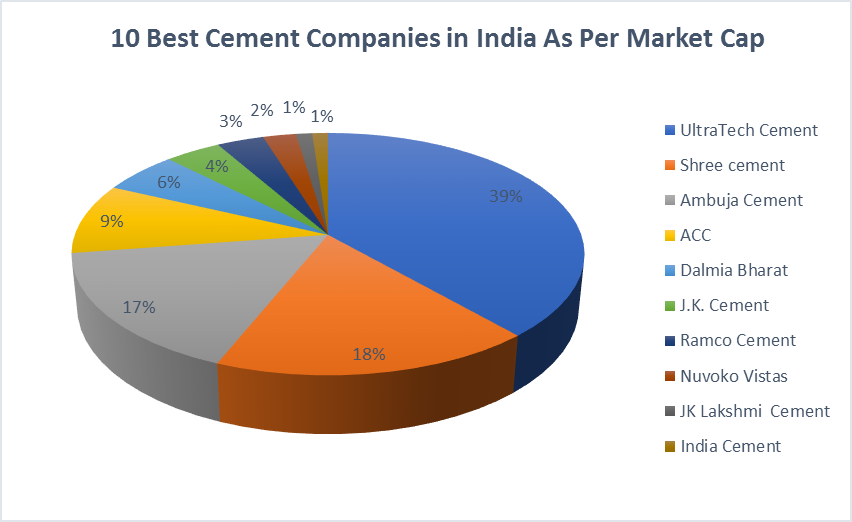
Future Outlook and Emerging Trends in Portland Pozzolana Cement (PPC):
Research and Development Efforts in PPC Technology
Improved Pozzolanic Materials: Ongoing research aims to identify and develop new pozzolanic materials with enhanced properties, such as higher reactivity, increased durability, and improved environmental performance. This could lead to the development of PPC with even better characteristics and broader applicability.
Performance Optimization: Research efforts focus on optimizing the composition and proportions of PPC to further enhance its strength, durability, and workability. This involves studying the effects of different pozzolanic materials and their combinations on the performance of PPC in various applications.
Sustainable Manufacturing Processes: R&D initiatives strive to develop more sustainable manufacturing processes for PPC, such as utilizing alternative fuels and energy sources, reducing carbon emissions, and improving energy efficiency. These efforts align with the industry’s increasing focus on environmental sustainability.
Increasing Popularity and Market Trends
Growing Environmental Concerns: As sustainability becomes a key priority in the construction industry, the demand for eco-friendly building materials like PPC is expected to rise. PPC’s lower carbon footprint and use of recycled materials make it an attractive choice for environmentally conscious developers, builders, and governments.
Regulatory Support: Governments and regulatory bodies are increasingly emphasizing sustainable construction practices and imposing stricter environmental regulations. This has a positive impact on the adoption and market demand for PPC, further driving its popularity.
Infrastructure Development: Rapid urbanization and infrastructure development projects across the globe create significant opportunities for PPC. Its durability, long-term strength, and cost-effectiveness make it an ideal choice for large-scale infrastructure projects like bridges, highways, and public buildings.
Potential Advancements and Innovations
Nano and Microstructural Modifications: Advancements in nanotechnology and materials science may lead to the development of PPC with improved microstructural properties, such as enhanced particle packing, reduced porosity, and increased strength. These innovations can further enhance the performance of PPC in various applications.
Enhanced Admixtures: Researchers are exploring the development of specialized admixtures tailored specifically for PPC. These additives can improve workability, reduce setting time, and enhance specific properties like water resistance or sulfate resistance, expanding the range of applications for PPC.
Digitalization and Smart Construction: The integration of digital technologies, such as Building Information Modeling (BIM) and the Internet of Things (IoT), is transforming the construction industry. PPC can benefit from these advancements by enabling real-time monitoring, performance analysis, and predictive maintenance, leading to optimized construction practices.
FAQs
-
What is the difference between PPC and ordinary Portland cement (OPC)?
PPC differs from OPC in that it includes pozzolanic materials (such as fly ash, volcanic ash, or calcined clay) in its composition. These pozzolanic materials enhance the performance and sustainability of PPC, resulting in improved durability, reduced heat evolution, and a lower carbon footprint compared to OPC.
-
What are the main advantages of using PPC?
PPC offers several advantages in construction. It provides improved durability and long-term strength, reduced risk of thermal cracks, enhanced workability, and cohesive properties. Additionally, PPC has a lower carbon footprint, contributing to environmental sustainability. Moreover, it is cost-effective compared to other cement types.
-
Can PPC be used for both structural and non-structural applications?
Yes, PPC is suitable for both structural and non-structural applications. It is commonly used in structural projects such as bridges, high-rise buildings, and infrastructure development. At the same time, it is also utilized in non-structural applications like plastering, flooring, and the production of precast concrete products.
-
Is PPC readily available in the market?
The availability of PPC can vary depending on the region and local market conditions. In some areas, PPC may be readily available, while in others, its availability may be limited. It is essential to consult local suppliers and construction material providers to determine the availability of PPC in specific locations.
-
How does PPC contribute to sustainable construction practices?
PPC contributes to sustainable construction practices in multiple ways. Firstly, the use of pozzolanic materials reduces the amount of clinker required in the cement production process, resulting in lower carbon dioxide emissions and a reduced environmental impact. Additionally, PPC’s enhanced durability and long-term strength help increase the lifespan of structures, minimizing the need for frequent repairs or replacements, which in turn reduces resource consumption and waste generation.
Conclusion
In conclusion, Portland Pozzolana Cement (PPC) has emerged as a remarkable construction material with numerous benefits and applications. Its unique composition, combining Portland cement clinker with pozzolanic materials, enhances durability, reduces heat evolution, and offers improved workability. PPC also contributes to a lower carbon footprint and is cost-effective compared to other cement types.
PPC finds applications in both structural and non-structural projects, ranging from bridges and high-rise buildings to plastering, flooring, and precast concrete products. Its versatility and performance make it a preferred choice for sustainable construction practices.

